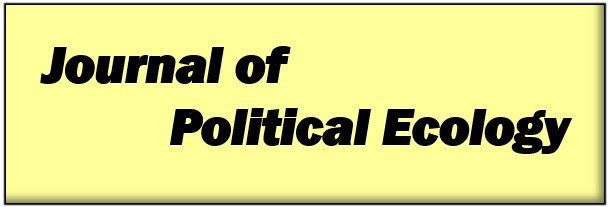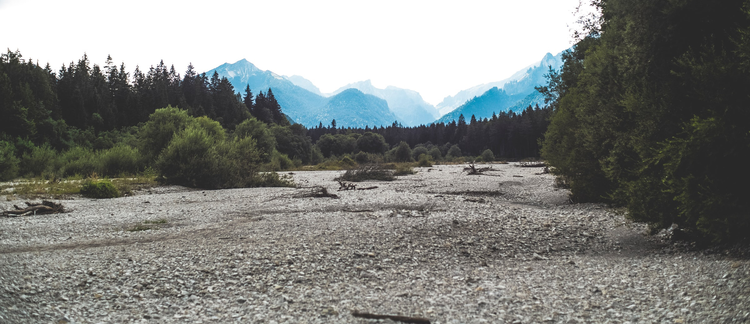Abstract
This article presents the Liwa Oasis as a hydrosocial territory. It is defined by its natural resource, social, economic, and political context and we show how these manifest in policy and practice. The article identifies these components through analysis of the political economy of water management and agricultural production systems. Two distinct hydrosocial periods are defined: from independence in 1971 to the formation of agencies with water sustainability remits in 2006, and then from 2010 to the present, when subsidy regimes incentivized changes to cropping in existing agricultural production systems. The changes between these periods reflect alterations in the hydrosocial cycle stemming from natural resource degradation and from how agricultural policy responded to it, while still meeting social stability and food security objectives. In Liwa, water management and agricultural production regimes reflect the distributive nature of the state, in that agricultural subsidies and payments are a significant source of supplementary income for UAE citizens. The current hydrosocial cycle leads to major groundwater resource degradation, which is beginning to pose a major challenge. This disruption is at the heart of the hydrosocial dialectic playing out now in Liwa: resource degradation and depletion will ultimately require new patterns of resource utilization. Arriving at new practices will require new laws, policies and modes of governance, which will alter the political, social, and economic context.
Keywords: Groundwater, hydrosocial, United Arab Emirates, governance, agriculture, political economy
How to Cite:
Fragaszy, S. R., McDonnell, R. & Closas, A., (2021) “Creating a hydrosocial territory: water and agriculture in the Liwa Oasis”, Journal of Political Ecology 28(1), 286-308. doi: https://doi.org/10.2458/jpe.2369
Downloads:
Download PDF
View PDF
Funding
- Name
- International Water Management Institute, International Center for Biosaline Agriculture, United States Agency for International Development
3675 Views
1351 Downloads

